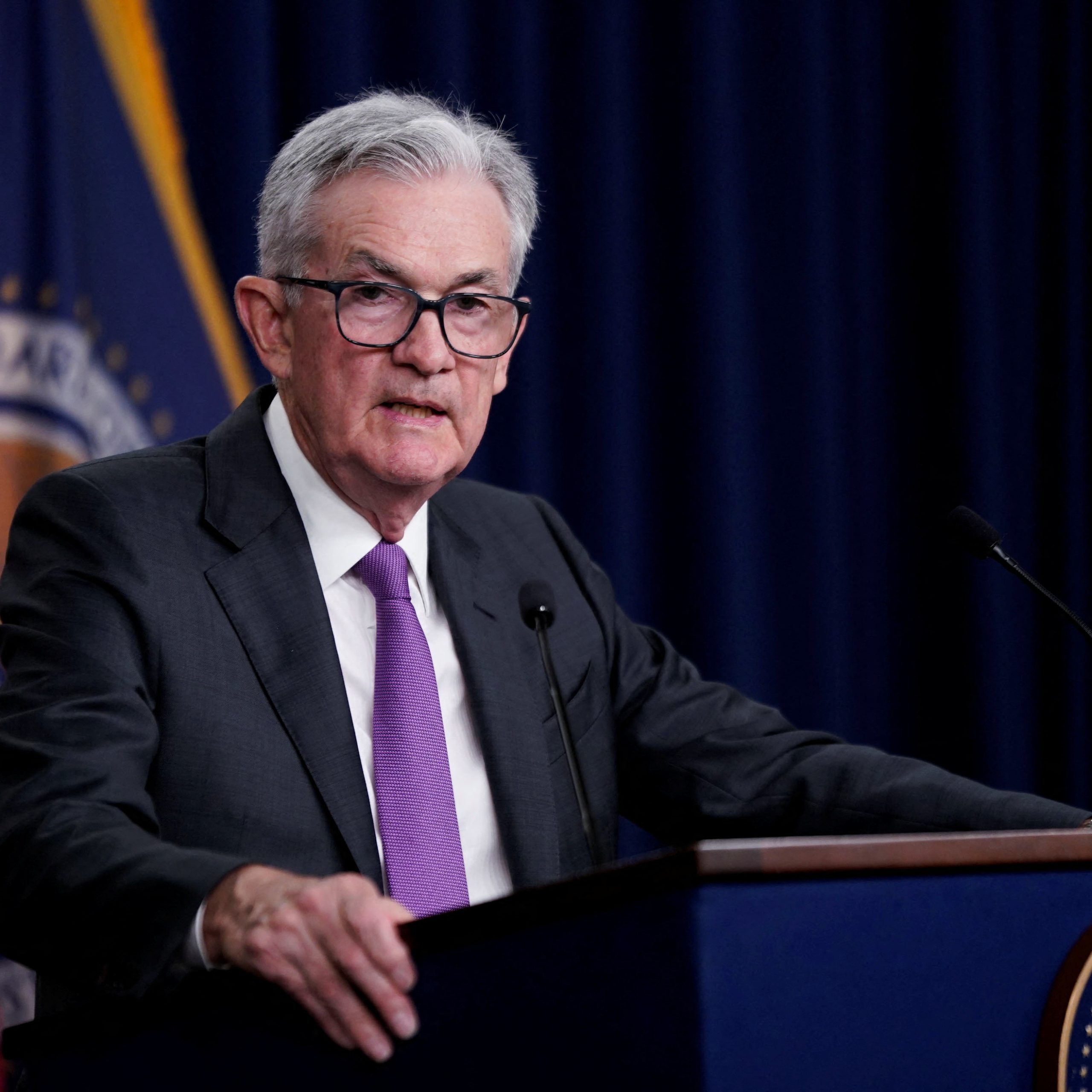The Federal Reserve, in an unexpected twist, has signaled a prolonged period of high borrowing costs, quashing any lingering hopes for an imminent slash in interest rates. This move, a clear deviation from the anticipated path, has sent ripples across financial markets and left analysts and investors recalibrating their expectations.
Navigating Uncertain Waters
Going through the recent minutes from the Fed’s December meeting, one finds a blend of optimism and caution. The central bank, while acknowledging some success in its inflation-fighting efforts, is steering clear of any immediate policy loosening. The twist? Despite earlier market expectations of rate reductions as early as March 2024, the Fed has opted for a more guarded stance.
This move is layered with complexities. On one hand, the Fed’s decision reflects a heightened sense of uncertainty about the economic outlook. The possibility of further rate hikes hasn’t been ruled out, especially if the economic data deteriorates. This approach, emphasizing a “careful and data-dependent” strategy, reveals a central bank unwilling to jump the gun on policy changes.
In a surprising contrast, the Fed has grown more confident about inflation, noting it’s edging towards a more balanced trajectory. This marks a shift from previous sentiments where inflation levels were deemed “unacceptably high.” Yet, this newfound confidence isn’t enough to warrant a loosening of the monetary reins just yet.
Market Reactions and Future Projections
The financial markets reacted with a semblance of composure to the Fed’s revelations. Bond yields exhibited modest fluctuations, and equities showed a slight dip, but nothing screamed panic. Futures markets, however, continue to bet on rate cuts in 2024, albeit at odds with the Fed’s more conservative projections.
The Fed’s “dot plot” – a graph depicting the interest rate outlook of Fed members – suggests a trio of rate cuts across 2024, a stark contrast to the market’s expectation of six. This discrepancy highlights the ongoing debate among Fed watchers and investors regarding the pace and extent of future rate cuts.
Adding to the complexity, Richmond Fed president Thomas Barkin, a vocal figure in these discussions, has cautioned that the fight against inflation isn’t over. His remarks underscore the delicate balance the Fed is attempting to strike – cooling inflation without derailing economic growth.
In a broader context, the Fed’s recent stance is a testament to the resilience of the U.S. economy. Despite the highest federal funds rate in over two decades, the economy has shown robustness, fueling hopes for a “soft landing” – a scenario where inflation is tamed without causing a severe economic downturn.
As we peer into 2024, the Fed’s narrative is one of cautious optimism. There’s a recognition that rates might need to descend eventually, with projections pointing to a gradual decrease through 2025. However, these expectations are predicated on the assumption that inflation will continue to moderate, aligning more closely with the central bank’s objectives.
It’s a high-stakes balancing act. The Fed is walking a tightrope between managing inflation and supporting economic growth. For investors and policymakers alike, the message is clear: the era of low interest rates is not poised for a quick comeback.





